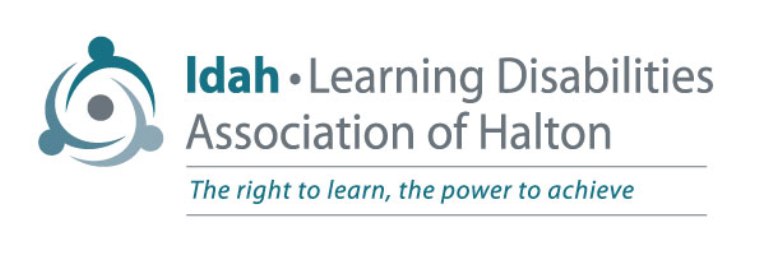LD is more than a “difference” or “difficulty” with learning—it’s a neurological disorder that affects the brain’s ability to receive, process, store and respond to information.
: What They Are, and Are Not
Even though some three million school-age children are classified as having specific learning disabilities (LD), this category of special need is often widely misunderstood. Surveys of both parents and educators confirm that many people mistakenly link LD with mental retardation and disorders of mental health and believe that, left alone, children are likely to outgrow LD over time.
Let’s Set the Record Straight
- The term specific learning disability refers to one or more of the basic psychological processes involved in understanding or using language, spoken or written, and affects a person’s ability to listen, think, speak, read, write, spell, or do mathematical calculations.
- LD does not include problems primarily due to visual, hearing, or motor disabilities, although students with such diagnoses can also have learning disabilities.
- LD does not include problems that result primarily from mental retardation or emotional disturbance, although, again, children who experience such difficulties can also have learning disabilities.
- LD does not include problems that result primarily from cultural, environmental, or economic disadvantage.
- Learning disabilities are real! Although they often aren’t observed until a child is doing school-related tasks, a proven biological basis for LD exists, including emerging data that document genetic links for LD within families.
- LD is common, affecting an estimated four percent to six percent of the public school population. And if you include individuals who, for a number of reasons, struggle with reading, the numbers are considerably higher.
Learning disabilities are lifelong. That said, individuals with LD can learn to compensate for areas of weakness and, with early, effective support, can be highly successful and productive members of society.
© Child Welfare League of America. Reprinted with permission. This article originally appeared in Children’s Voice (December 2005), published by the Child Welfare League of America.
ADHD
What is Attention-Deficit/Hyperactivity Disorder (ADHD), and what does it have to do with learning disabilities (LD)? ADHD and LD are not the same thing, but ADHD certainly can interfere with learning and behavior. About one-third of people with LD have ADHD. Clear up your confusion about the two often co-occurring disorders by accessing the information below.
The Difference Between LD and ADHD
Adapted from the National Centre for , http://ncld.org/
Although LD and ADHD are different, they do share some similarities. Both are neurological disorders that affect how the brain receives, processes and responds to information. But their origins are different and people receive different types of treatment for them.
Researchers are still studying the cause of ADHD. Evidence points to levels of brain chemicals (neurotransmitters such as dopamine and serotonin) being out of balance. This can lead to problems with organization, easy frustration and social interactions. In turn, this can affect schoolwork and learning.
With LD, the specific systems in the brain that are deficient are even less well understood. LD is a broad category that includes many different types of problems in areas such as listening, reading, writing, spelling and math. Processing information in each of these areas depends upon a brain that is wired for speed and efficiency. When the flow of information is misrouted or delayed, or when one area in the brain is not working at full capacity, the result is a breakdown in learning.
ADHD is often treated with medication and therapy, and LD with educational and behavioral approaches.
